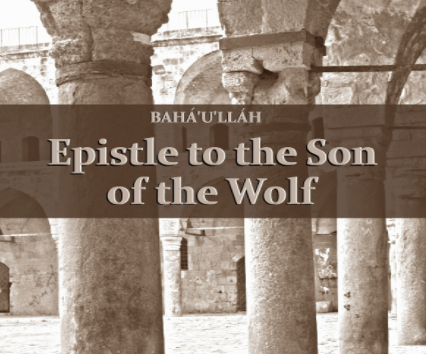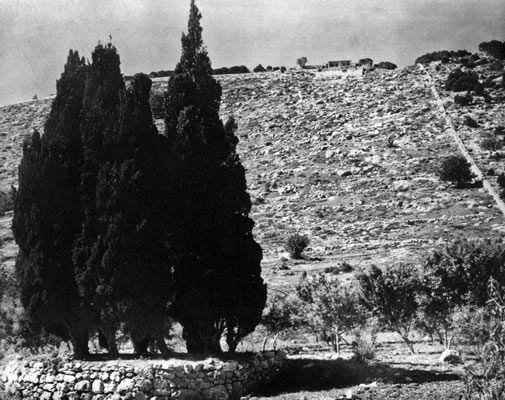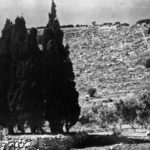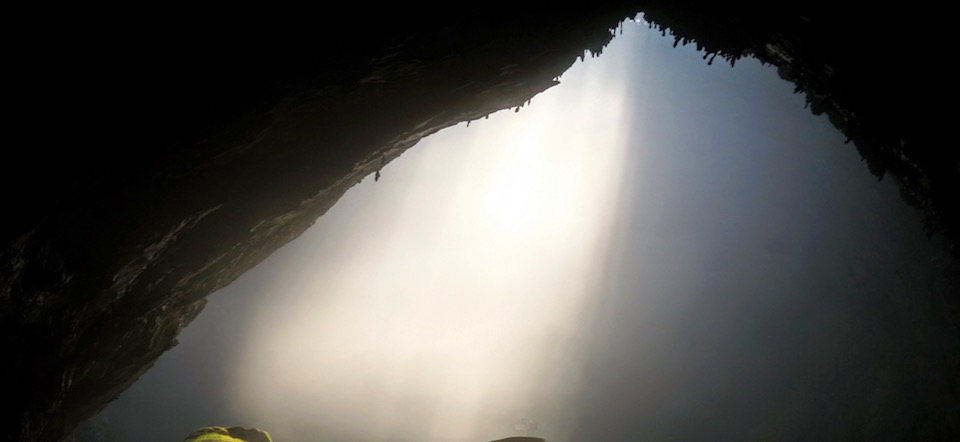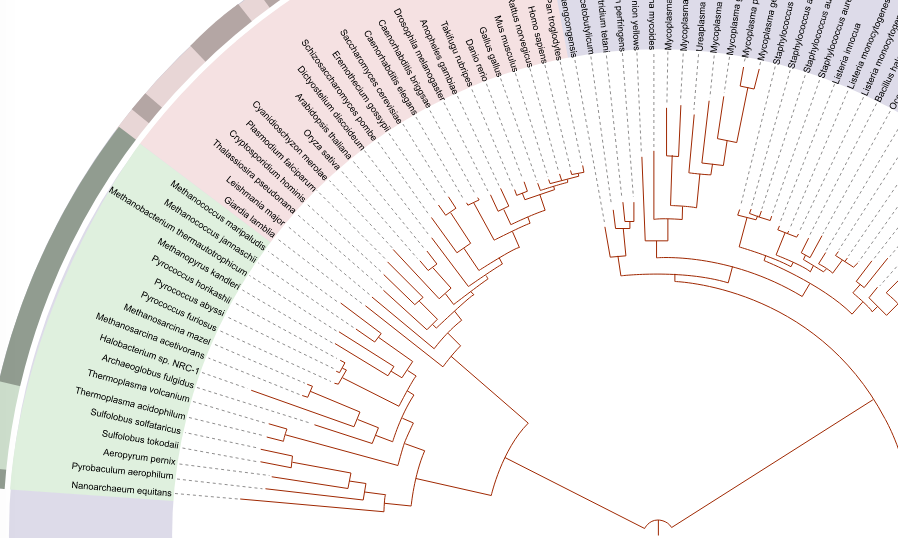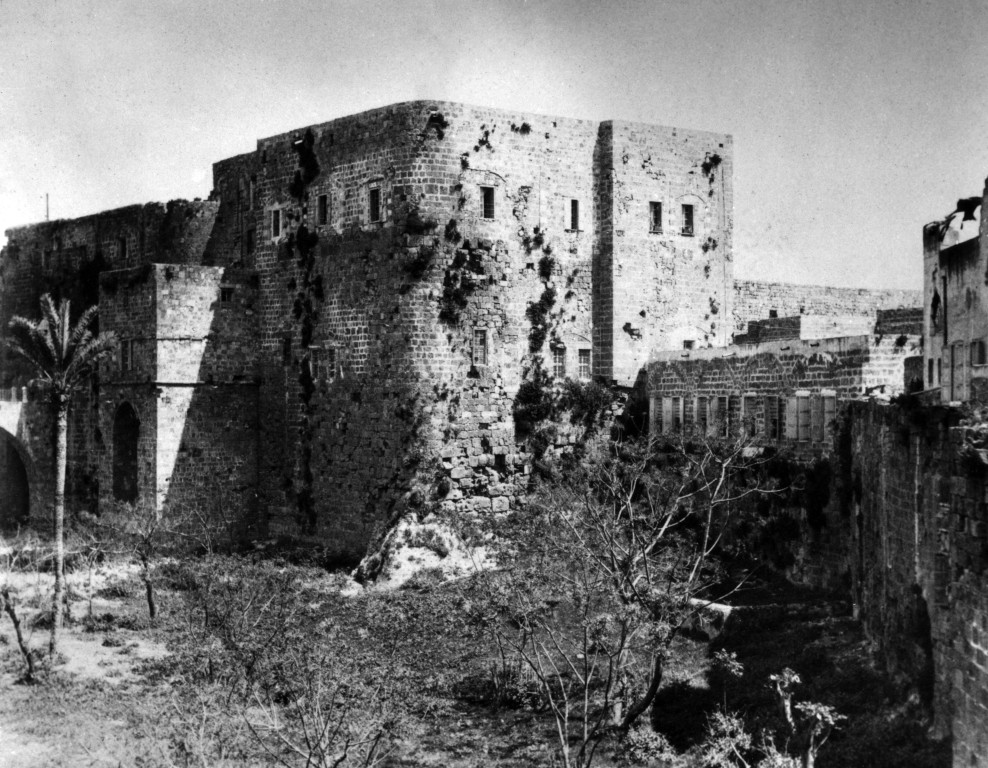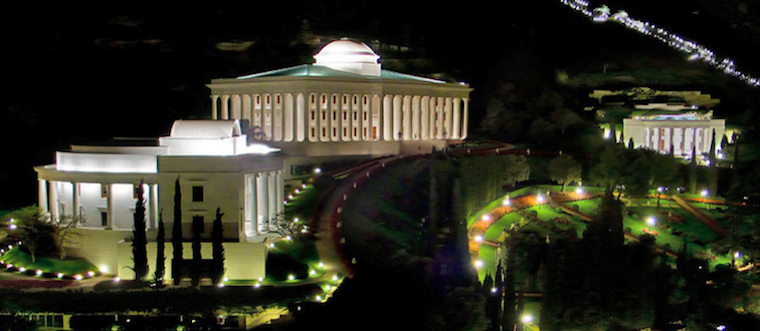
The Tablet of Carmel – Charter for the Spiritual and Administrative Centre of the Baha’i Faith
 It is for good reason that Shoghi Effendi identifies the Tablet of Carmel as one of the charters of the Baha’i Faith. It is particularly associated with the development of the Baha’i World Centre on the slopes of Mt Carmel. It is in the words of Shoghi Effendi: “the Charter of the World Spiritual and Administrative Centers of the Faith”.[1]
It is for good reason that Shoghi Effendi identifies the Tablet of Carmel as one of the charters of the Baha’i Faith. It is particularly associated with the development of the Baha’i World Centre on the slopes of Mt Carmel. It is in the words of Shoghi Effendi: “the Charter of the World Spiritual and Administrative Centers of the Faith”.[1]
Some of the Tablet of Carmel’s pertinent words are as follows:
Rejoice, for God hath in this Day established upon thee His throne, hath made thee the dawning-place of His signs and the dayspring of the evidences of His Revelation. …
Call out to Zion, O Carmel, and announce the joyful tidings: He that was hidden from mortal eyes is come! … Oh, how I long to announce unto every spot on the surface of the earth, and to carry to each one of its cities, the glad-tidings of this Revelation …
Ere long will God sail His Ark upon thee, and will manifest the people of Bahá who have been mentioned in the Book of Names.
Bahá’u’lláh had himself designated the place where the Shrine of the Bab was to be erected. Abdu’l Baha had labouriously brought about the erection of the mausoleum in which the Bab’s remains had been interred.
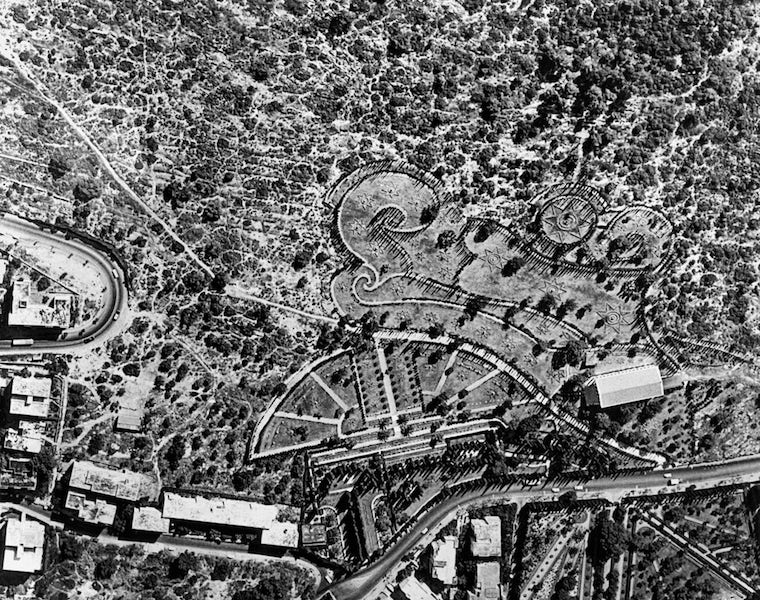
From Shoghi Effendi’s contemplation of the words of the Tablet of Carmel the continuing beautification and establishment of institutions on the slopes of Mt Carmel unfolded. During his time the pattern was set that was to progressively unfold in subsequent decades into the beautiful spiritual and administrative structures and gardens that now adorn the slopes of Mt Carmel.
In the time of Shoghi Effendi the Shrine of the Bab was beautified with the erection of a beautiful superstructure and steps were laid out that stretched from the foot of the mountain to the Shrine. The Baha’i International Archives building was erected at one end of an arc marking out gardens and a vision for future development. At the fulcrum of the arc, the remains of Bahiyyih Khanum, Bahá’u’lláh’s daughter, his son Mihdi and his wife Navvab were laid to rest. As were the remains of Munirih Khanum, the wife of Abdu’l Baha.
The arc itself, over the course of time, was to see the emergence of institution after institution. Following the classical design of the Archives Building set by Shoghi Effendi, first in 1973 the Seat of the Universal House of Justice was erected, only ten years after the first Universal House of Justice was elected. Then, as the close of the 20th century approached, an International Teaching Centre and Centre for the Study of the Sacred Texts were completed on the arc. Simultaneously ornamental gardens and steps were added that spanned the entire mountain – 19 terraces in all – with the Shrine of the Bab at its heart.
All this flowed out from Bahá’u’lláh’s words in the Tablet of Carmel.
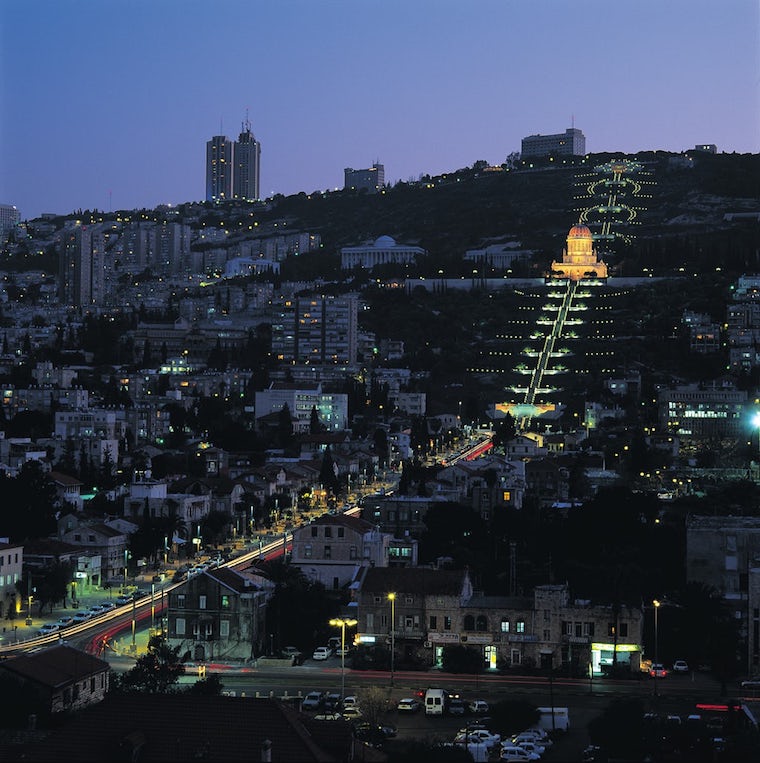
(This article is the 195th in a series of what I hope will be 200 articles in 200 days for the 200th anniversary of the birth of Bahá’u’lláh. The anniversary is being celebrated around the world on 21 and 22 October 2017, The articles are simply my personal reflections on Bahá’u’lláh’s life and work. Any errors or inadequacies in these articles are solely my responsibility.)
Image Credits:
- The Seat of the Universal House of Justice and Apex of the arc on Mt Carmel http://www.bahai.org/the-universal-house-of-justice/imageviewer/index#img-0 Copyright © Bahá’í International Community
- Aerial view of the Arc, 1960s http://media.bahai.org/detail/7611315 Copyright © Bahá’í International Community
- Haifa Area: Shrine of the Báb and Terraces http://media.bahai.org/detail/2181719 Copyright © Bahá’í International Community
